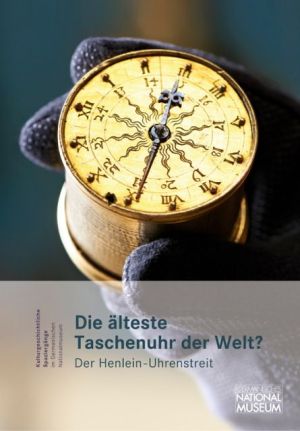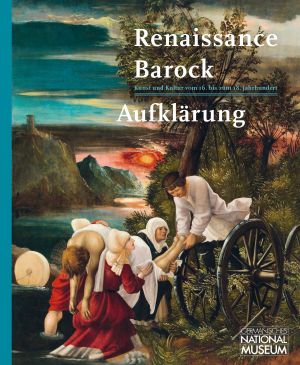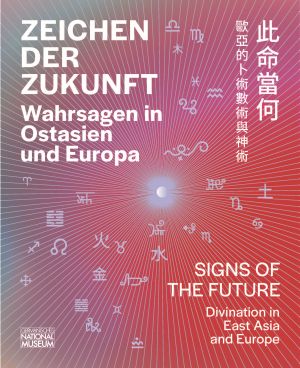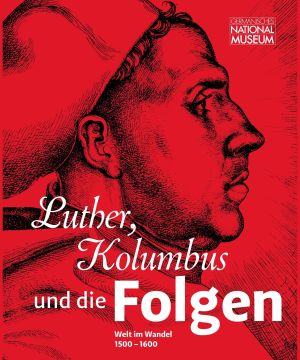Eser, Thomas
Die älteste Taschenuhr der Welt? Der Henlein-Uhrenstreit
Kulturgeschichtliche Spaziergänge im Germanischen Nationalmuseum, Band 16
500 years ago Peter Henlein, a locksmith from Nuremberg, was among the first to create small-scale portable clocks. His contemporaries already praised him for this masterly performance. But do original "Henlein pocket watches" still exist? If so, how can they be identified? Collectors and specialists in museums have been concerned with this issue for a long time now, up to the discussion which clock could and should receive the title of the "World's Oldest Pocket Watch".
The accompanying volume to the exhibition is part of the series "Kulturgeschichtliche Spaziergänge im GNM" ["Cultural Strolls in the GNM"] and presents the most recent scientific findings on the "Henlein pocket watch" in a larger historical context.
Renaissance · Barock · Aufklärung: Kunst und Kultur vom 16. bis zum 18. Jahrhundert
Die Schausammlungen des Germanischen Nationalmuseums, Band 3
This title accompanies the permanent exhibition at the Germanisches Nationalmuseum on art and cultural history of the German-speaking world during the 16th to 18th centuries. The exhibition has been on display since 2010. It features about 1,000 exhibits in 33 rooms and addresses central themes of the early modern period such as collecting and presenting, the reception of antiquity and nature studies, the correlation between art and religion and the changing image of humanity. The complementing publication includes papers that deal with these key themes in a detailed manner. It also comprises a scientific catalogue of all exhibits. Paintings and sculptures, including masterpieces by Albrecht Dürer, Peter Vischer, Lucas Cranach or Franz Xaver Messerschmidt, as well as stained glasses, graphic prints and illustrated books, art handicraft, textiles, jewellery, medals, furniture and musical instruments are being put into their artistic and historical contexts on the basis of the most recent research. In this attractively designed volume about two thirds of the 1,000 exhibits are being presented in high quality colour prints.
Zeichen der Zukunft: Wahrsagen in Ostasien und Europa / Signs of the Future. Divination in East Asia and Europe
What will the future bring? The exhibition "Signs of the Future. Divination in East Asia and Europe" is the first to showcase instruments, methods and practitioners of fortune-telling in a cross-cultural dialogue. In this bilingual catalogue, leading international experts explore 130 objects from the Germanisches Nationalmuseum, the National Museum of Taiwan History and the Academia Sinica, including a Feng Shui compass, scientific instruments and even tarot cards.
Due to the COVID-19-Pandemic, the exhibition opening at the Germanisches Nationalmuseum, scheduled for December 2020, takes place in 2021.
Luther, Kolumbus und die Folgen: Welt im Wandel 1500-1600
Mit den Namen Luther und Kolumbus verbinden sich heute meist Vorstellungen von Aufbruch, Expansion und Glaubensfreiheit. Ausstellung und Katalog fragen anlässlich des 500. Reformationsjubiläums nach den Folgen der Gleichzeitigkeit von Glaubens- und Weltbildwandel im 16. Jahrhundert. Wie konnte eine sich auf die Autorität des Alten berufende Gesellschaft mit dem Veränderungsdruck ihrer Zeit umgehen? Ein 185 Nummern umfassender, reich illustrierter Katalog und sieben wissenschaftliche Beiträge beleuchten eine faszinierende Welt im Wandel, in der Aufbruchs-und Endzeitstimmung gleichermaßen ihren Platz hatten und der Umgang mit Neuem und Fremdem erst erprobt werden musste.










